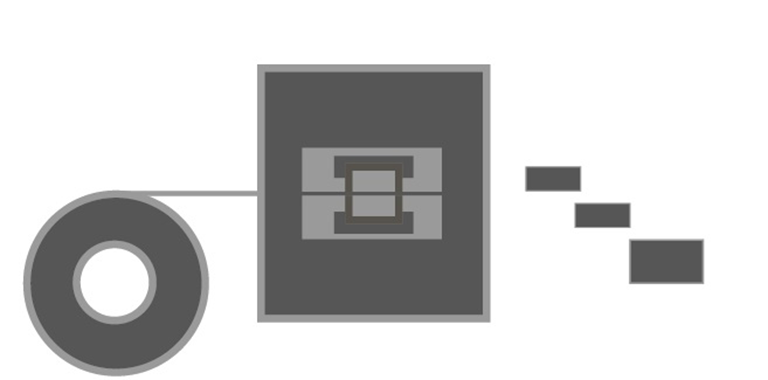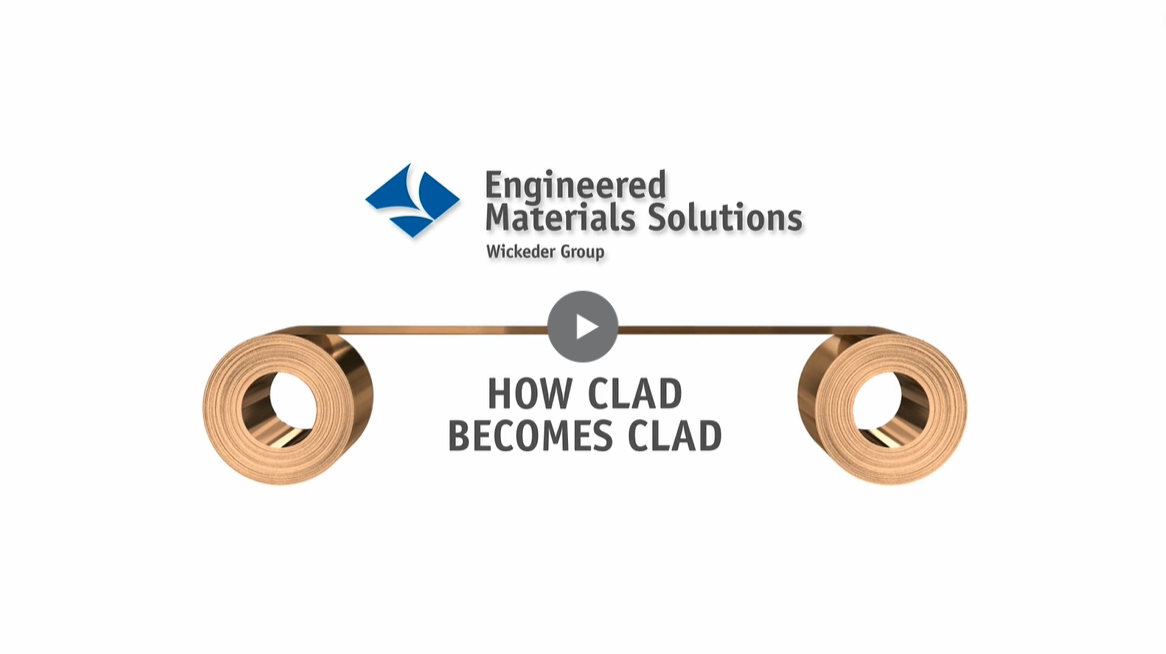Cladding Process
How Clad becomes Clad
There are several ways we make clad metals at EMS, yet, the most common method is by a continuous roll bonding process that combines two or more strips of metal.
Cleanliness is paramount. First, the individual strips are either chemically or mechanically cleaned to provide contaminant-free surfaces. The strips then pass through a highly customized rolling mill which is designed specifically for cladding.
As they pass through the mill, the rolls exert immense pressure that reduces strip thickness and creates a metallurgical bond as the atomic lattices of the different metals merge into a common structure. The resulting composite material – a clad metal – derives its integrity from this shared electron interface.
Cladding Process
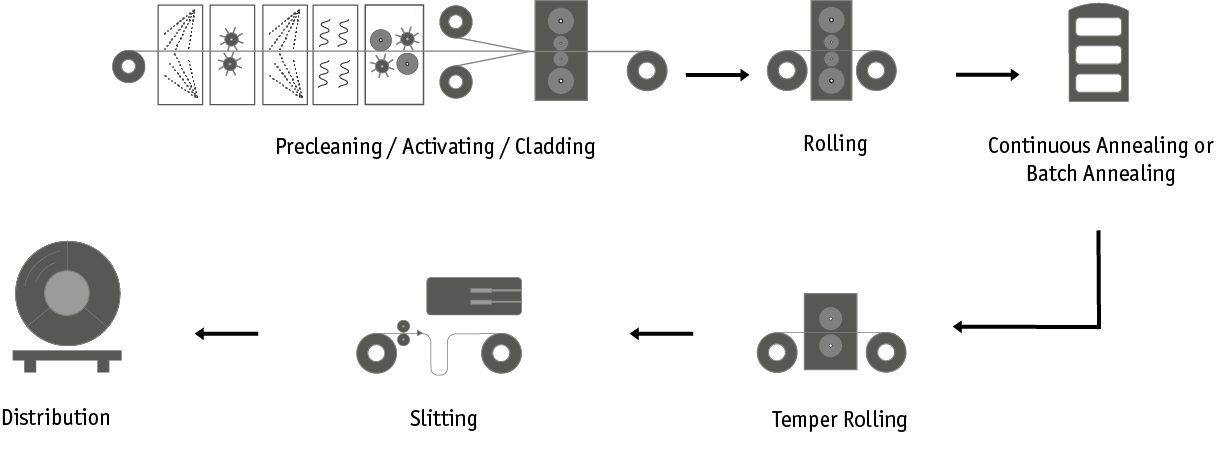
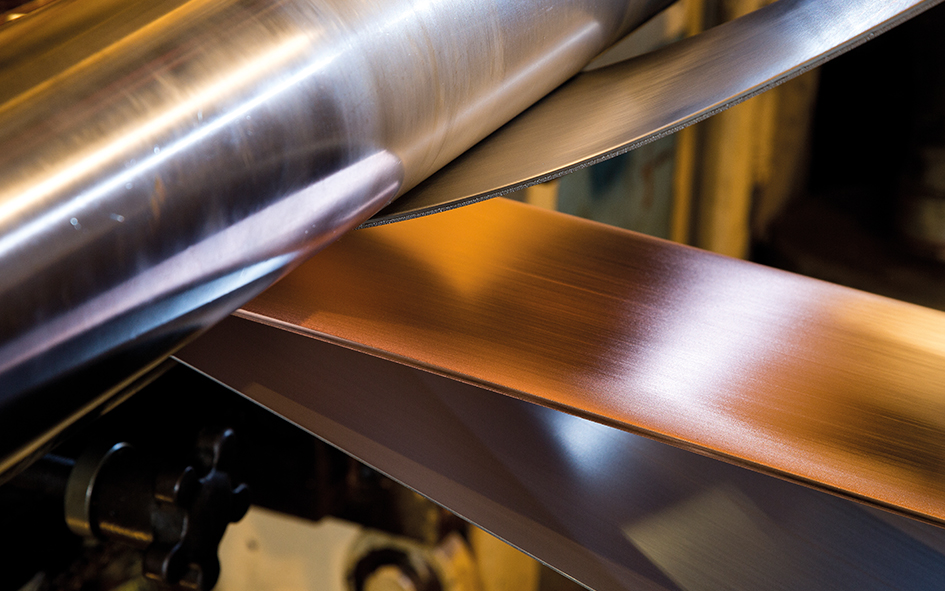
Heat is then applied to induce diffusion, which improves bond strength and provides stress relief for cold processing. This results in a clad metal devised of precisely the right properties for its specific application. And that is the key benefit of cladding: the ability to combine the most desirable characteristics from different metals into a unique new metal composite that allows you do things you couldn’t do before.
To see a list of Bondable Metals which can be Clad, please click HERE.
We Can Help
EMS provides toll manufacturing services upon request. Please contact us for a more detailed review of your processing needs and capabilities. A short summary of the available production services includes:
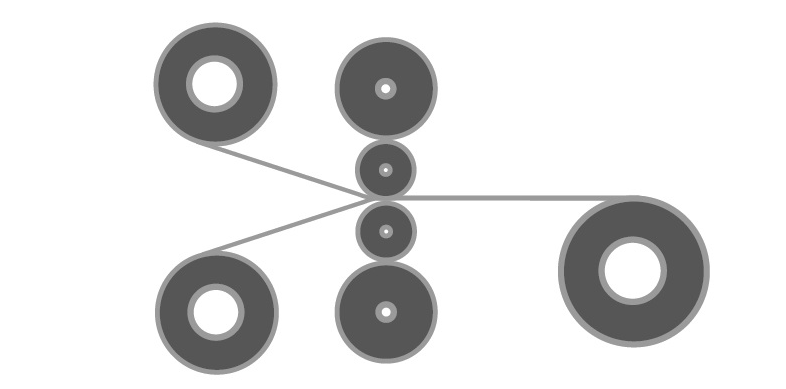
Cladding
› Cold Rolled Cladding – up to 4 layers and widths up to 26″ (660mm)
› Warm Cladding – up to 26″ width (660mm)
› Inlay Cladding – skive, crush multiple strips
› Edge Cladding – available upon request
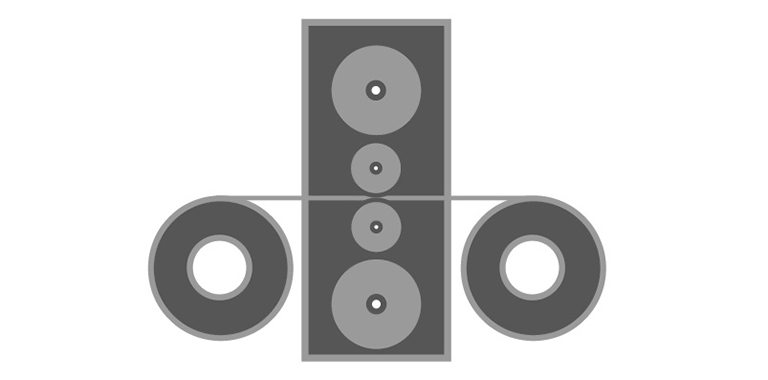
Rolling
› Sendzimir rolling mills capable o f gauges down to .001″ (.025mm) and width up to 26″ (660mm)
› 4 High rolling mills capable of gauges up to .25″ (6.35mm)
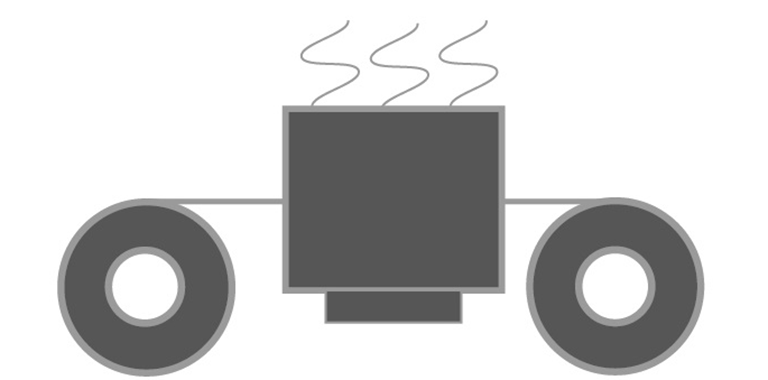
Annealing
› Strand annealing with inert atmospheres, widths up to 26″ (660mm)
› Batch annealing
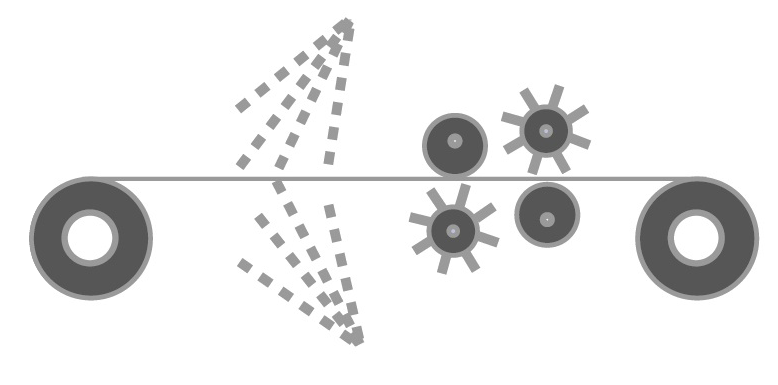
Strip Cleaning
› Pickling, aqueous cleaning, brushing, widths up to 26″ (660mm)
› Dry grinding, widths up to 26″ (660mm)
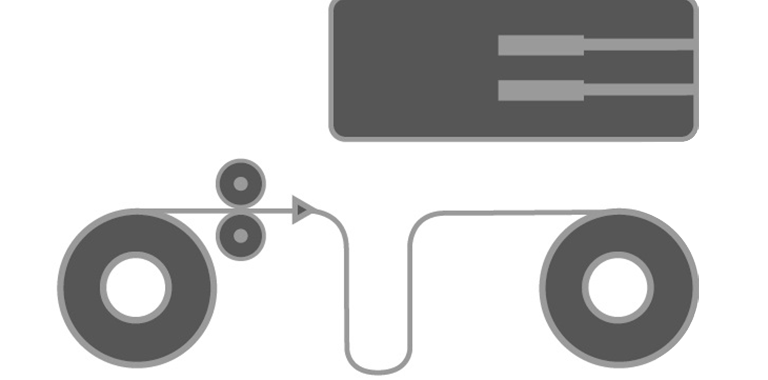
Slitting
› Widths down to 1/8″ (3mm) and widths up to 26″ (660mm)
› Gauges from .001″ (.036mm) to .25″ (6.35mm) and widths up to 26″ (660mm)

Brazing
› Vacuum brazing
